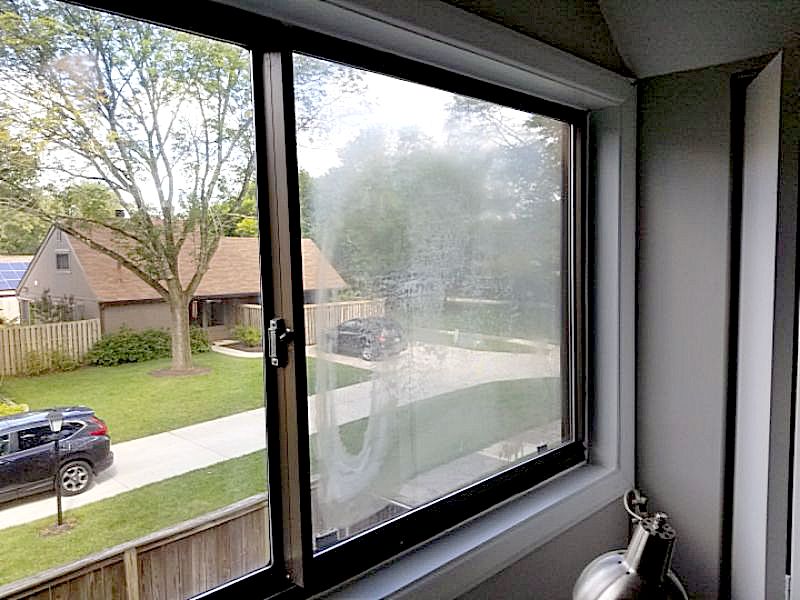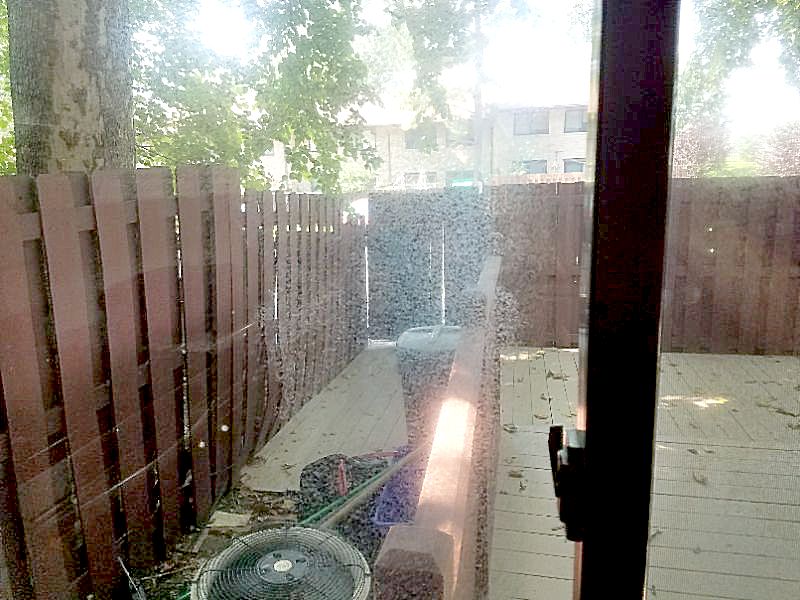While home inspectors look at windows from the interior and exterior of the house, homeowners generally engage with them while inside. They expect windows to function well; opening, closing, and latching easily. When opened, they should stay in place. While some Realtors® will argue that a failed insulated seal is only “cosmetic” and shouldn’t be in a report, an owner expects to be able to see through a clear pane. Of course, all windows should be weather-tight. Additionally, we must be aware of any safety concerns.
Inspect a “representative sampling” of windows, but get to as many as possible. Look for damage and deterioration. Ensure a good fit and function, intact glass, and clear insulated glass units. Note any windows that should have safety glass that do not. Make sure that your IR scan includes the window area. Windows that provide emergency egress must be compliant, and any security bars must be operative. Don’t forget to inspect any screens present.
The window sash balance is broken or missing. This is a safety issue. Repair or replace the sash balanced or ropes.
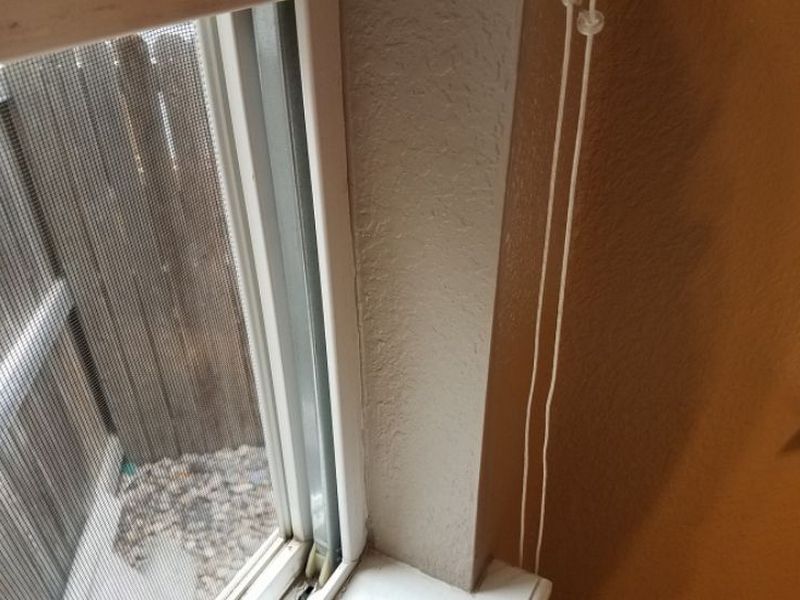
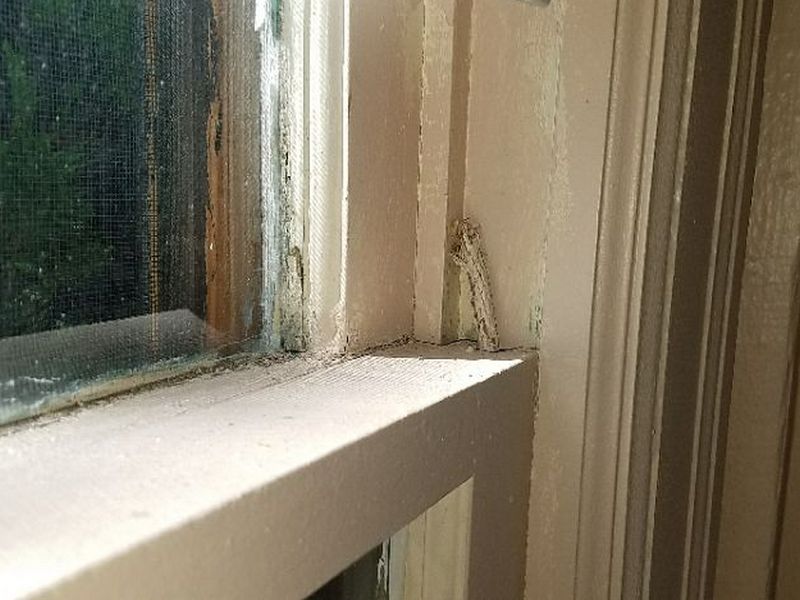
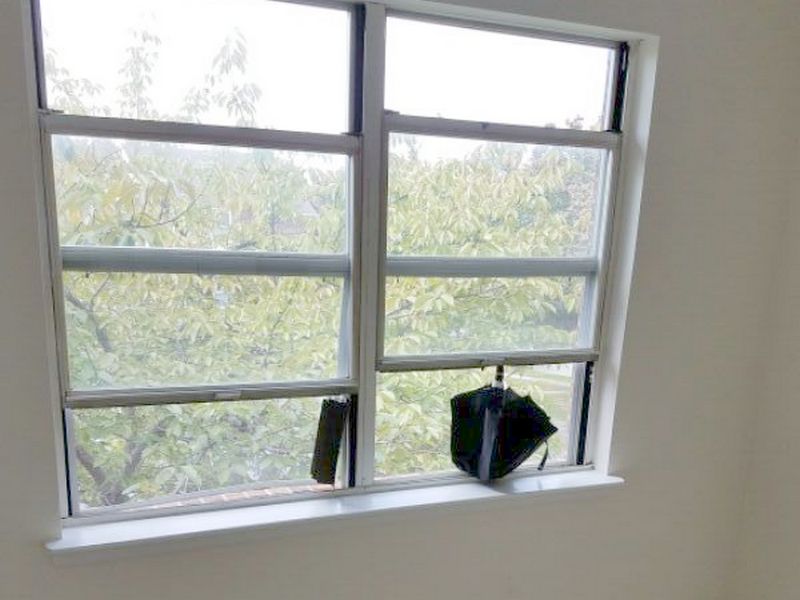
The window is painted/stuck shut. This is a safety hazard. Remove the paint to unstick the window.
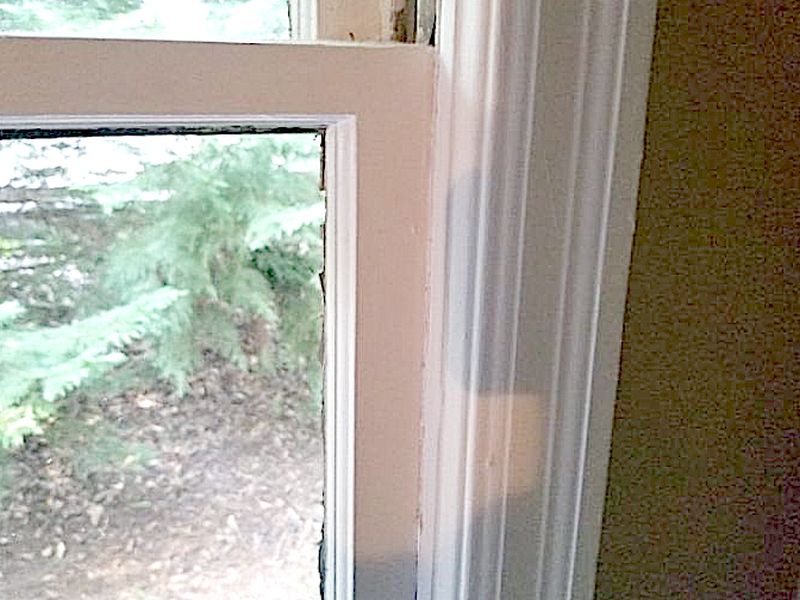
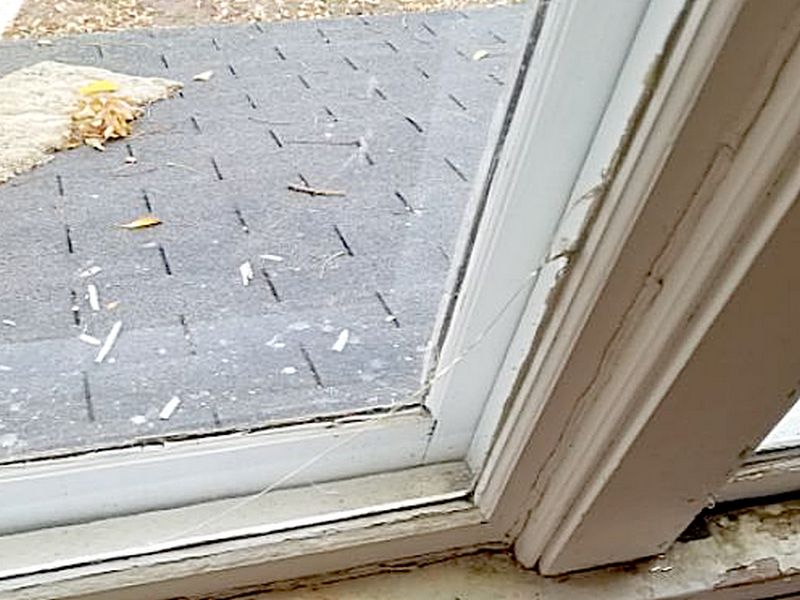
The window is nailed/screwed shut. This is a safety hazard. Remove the nails or screws and fill the holes.
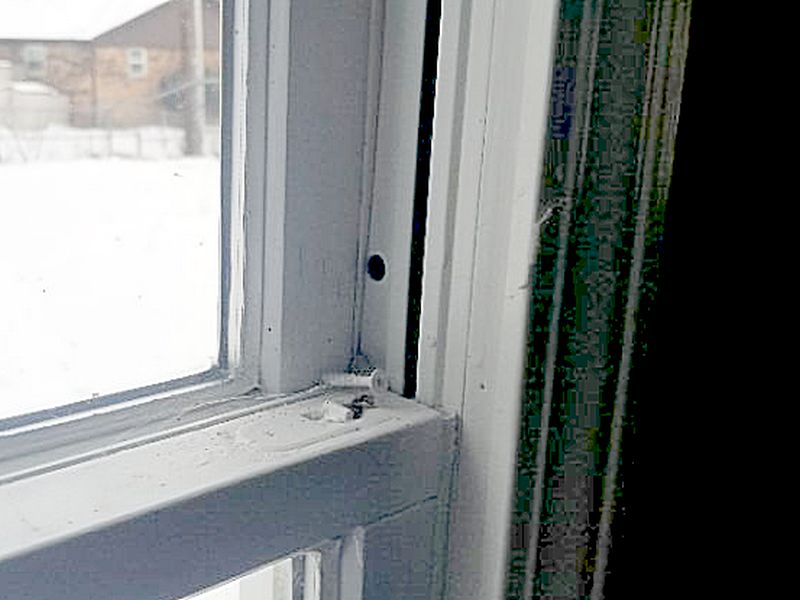
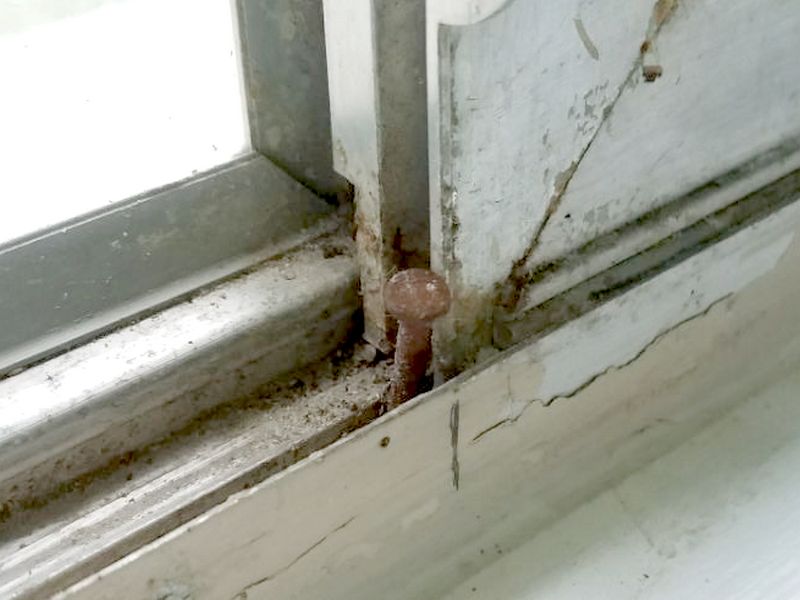
The window hardware is damaged or inoperative. This affects proper function. Repair or replace the hardware.
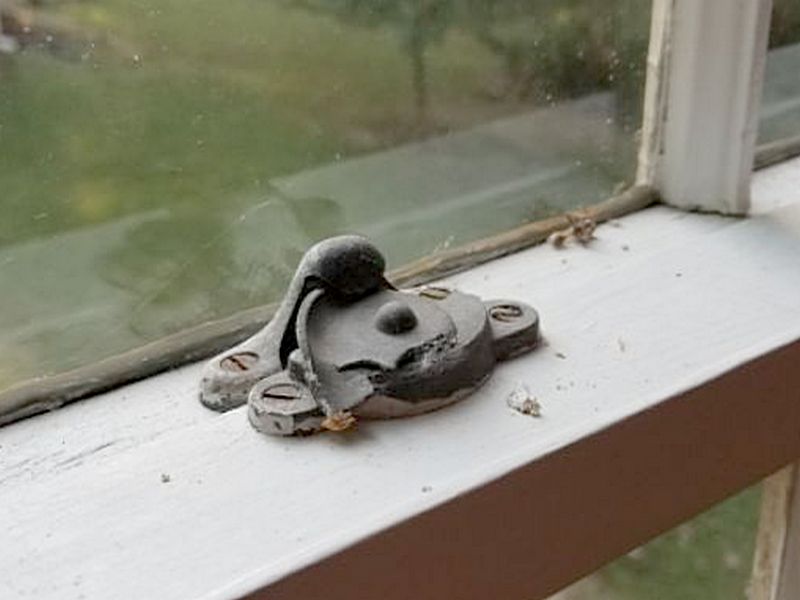
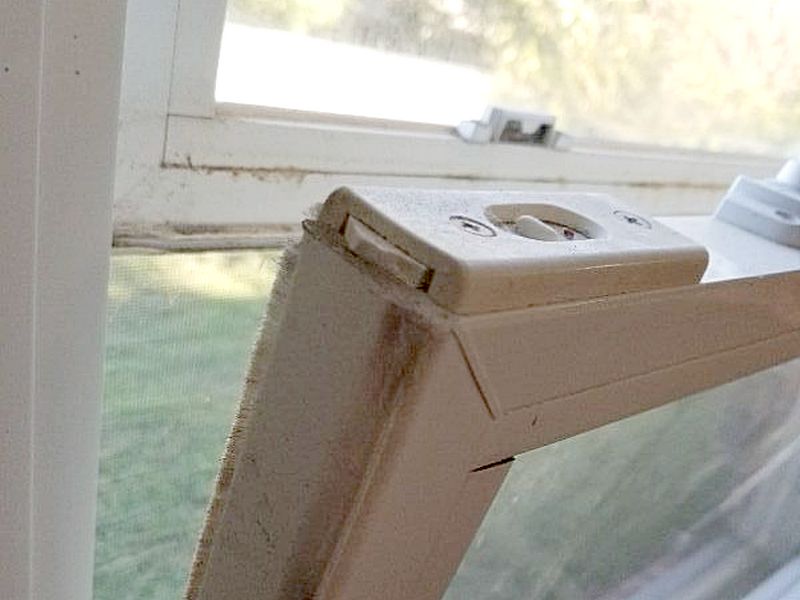
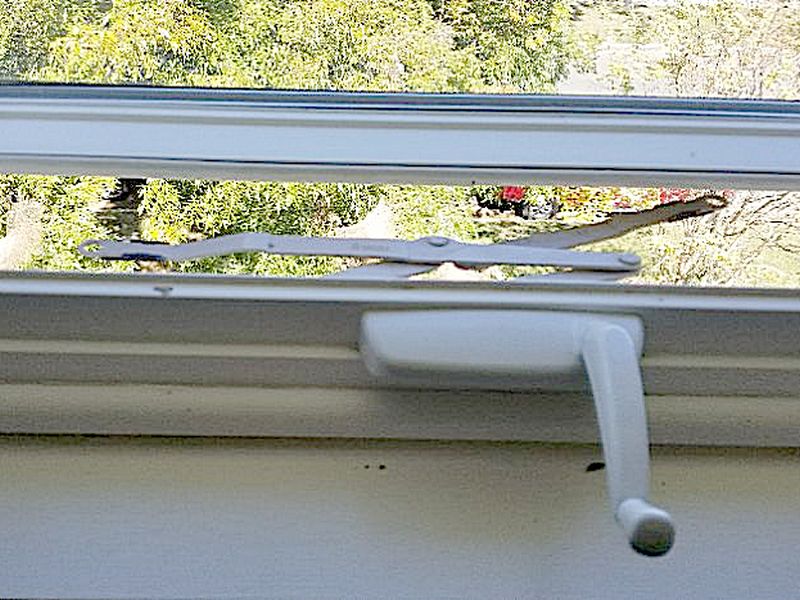
The window hardware is missing. This affects proper function. Replace the hardware.
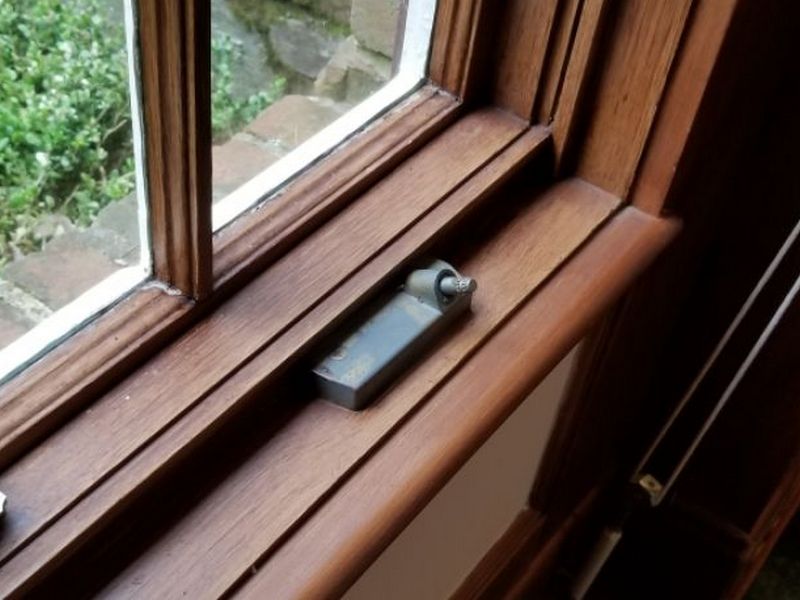
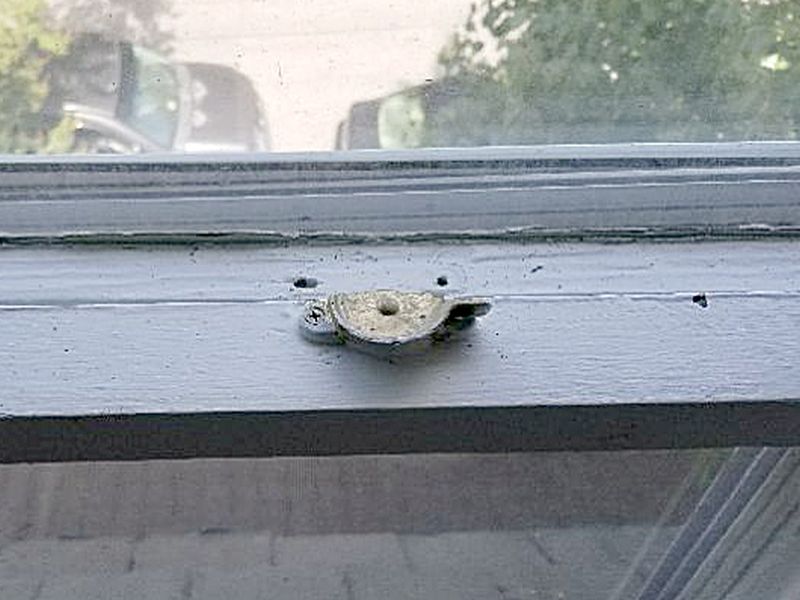
The window is damaged. This can affect proper operation. Repair or replace the window as needed.
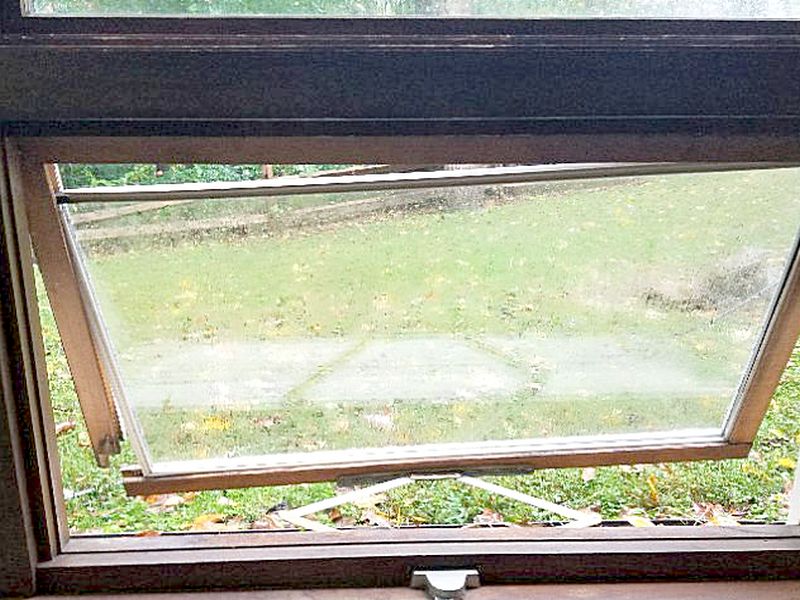
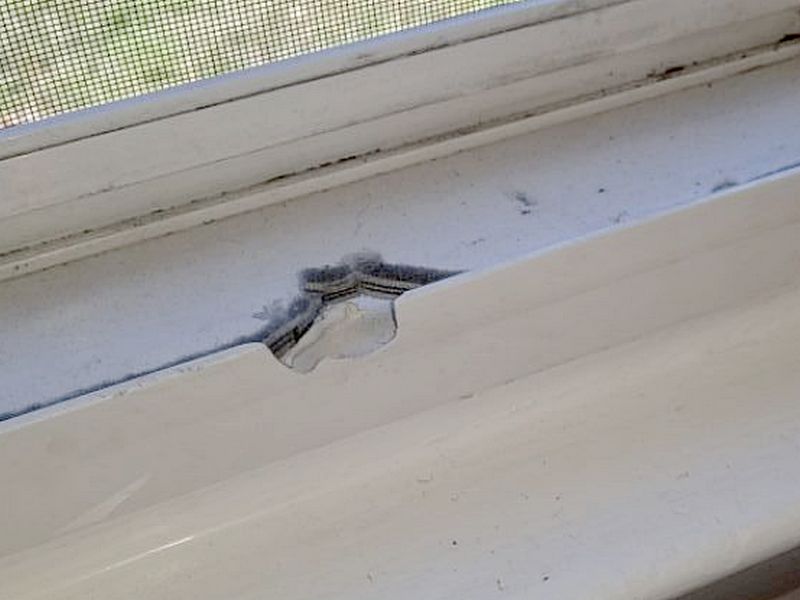
The window is deteriorated. This can affect proper operation and allow water penetration. Repair or replace the window as needed.
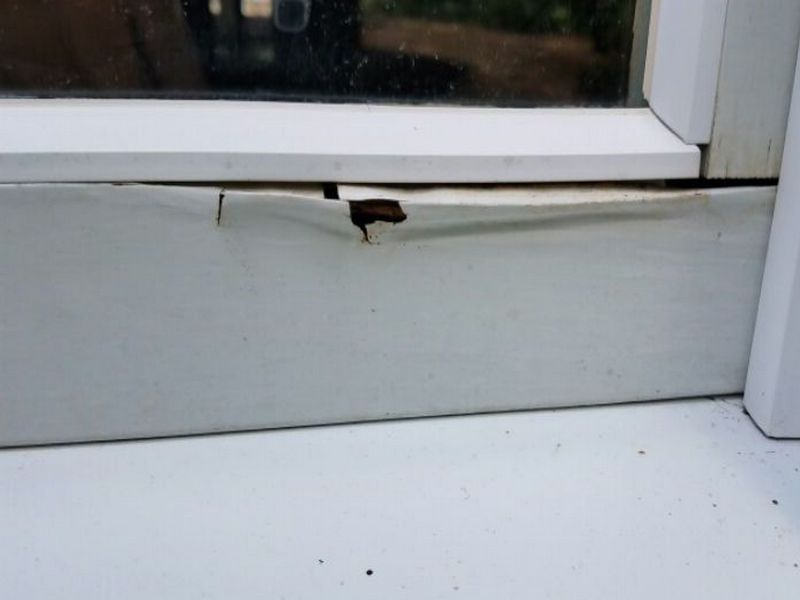
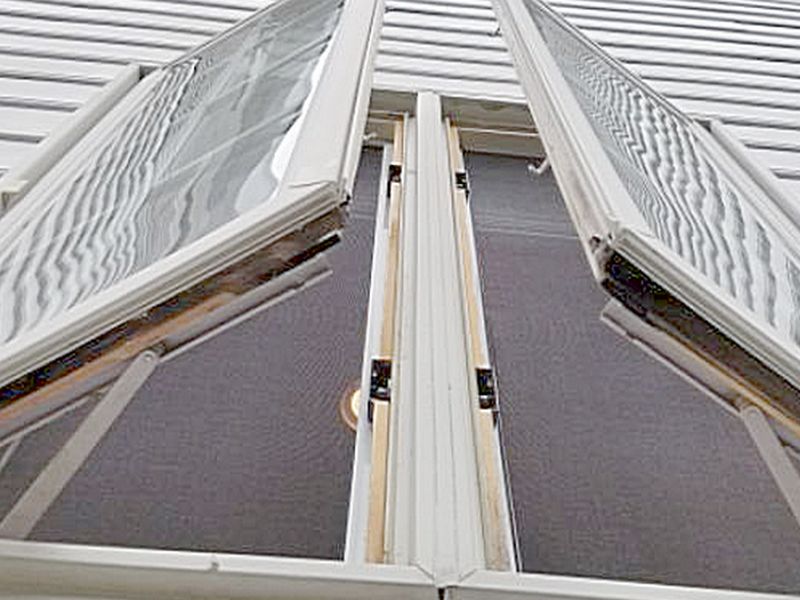
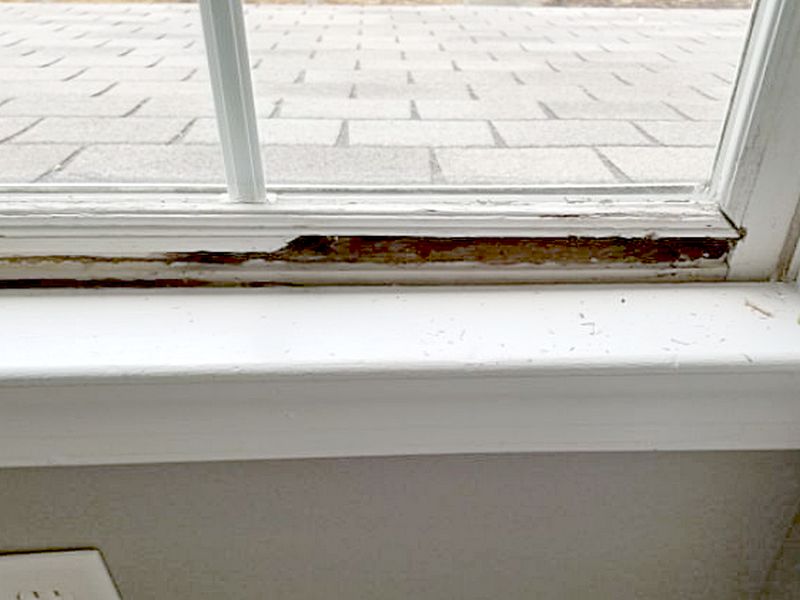
The window sill is damaged or missing. Repair or replace the sill.
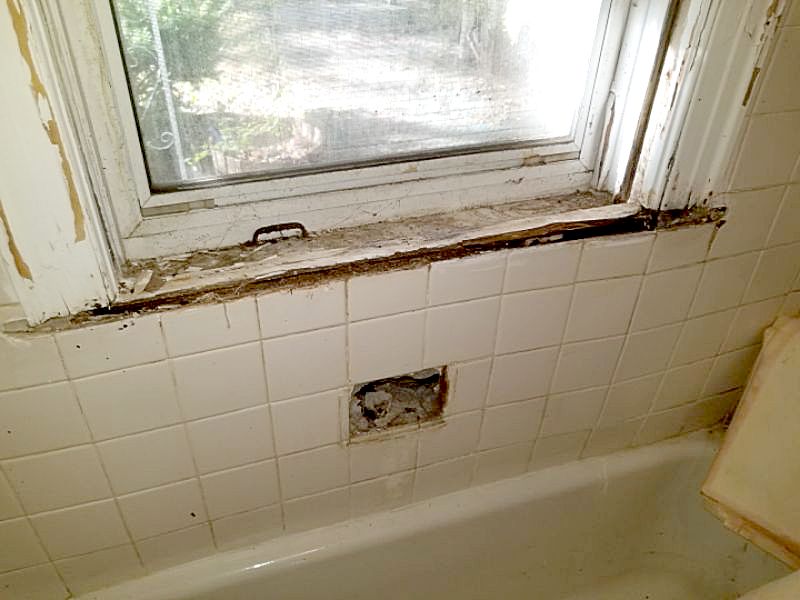

The window does not comply with emergency egress requirements. This is a safety issue. Install a window in compliance with emergency egress requirements.
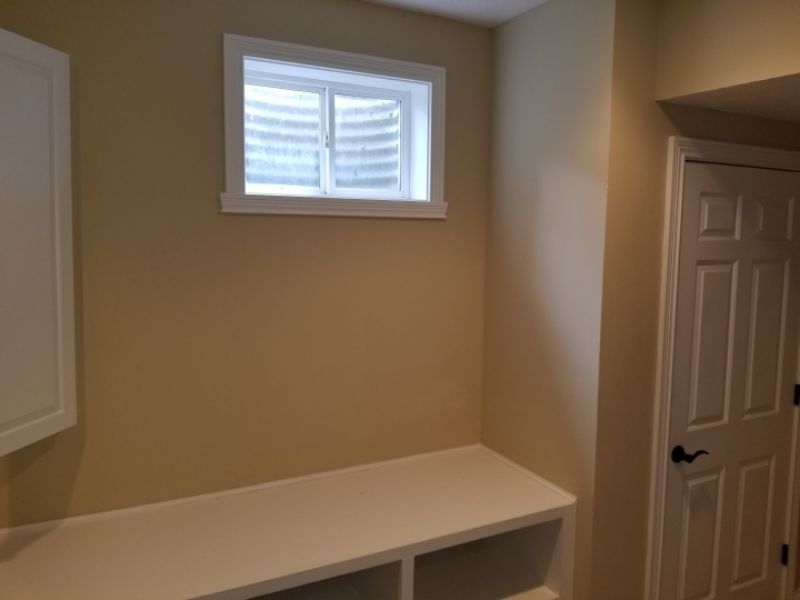
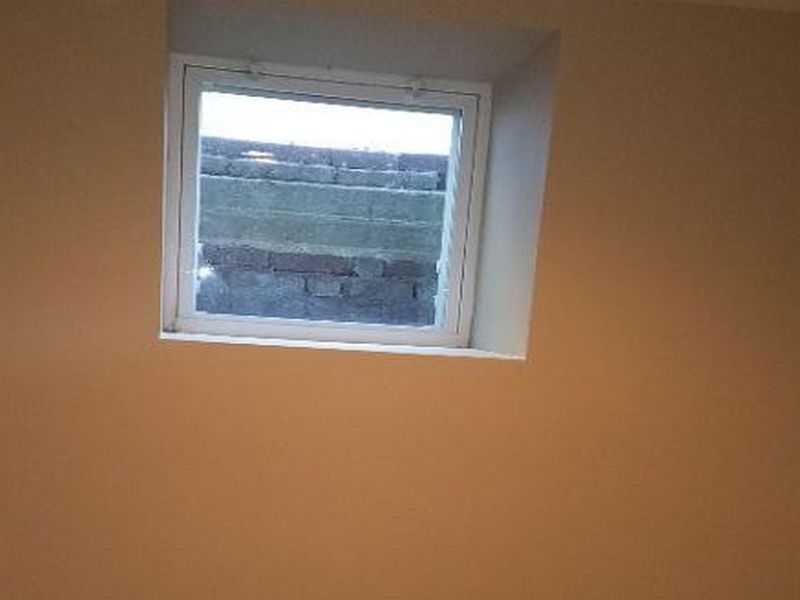
The window security bars are inoperative. This is a safety issue. Repair or replace the security bars.
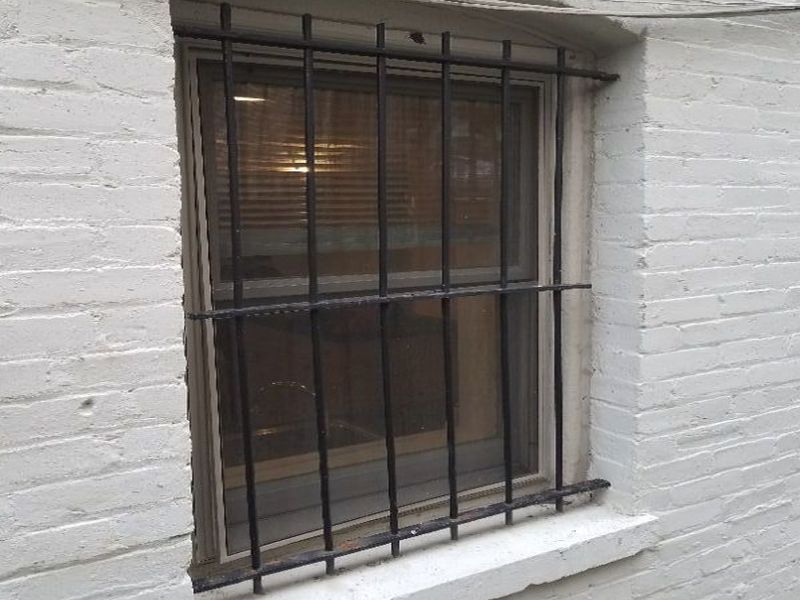
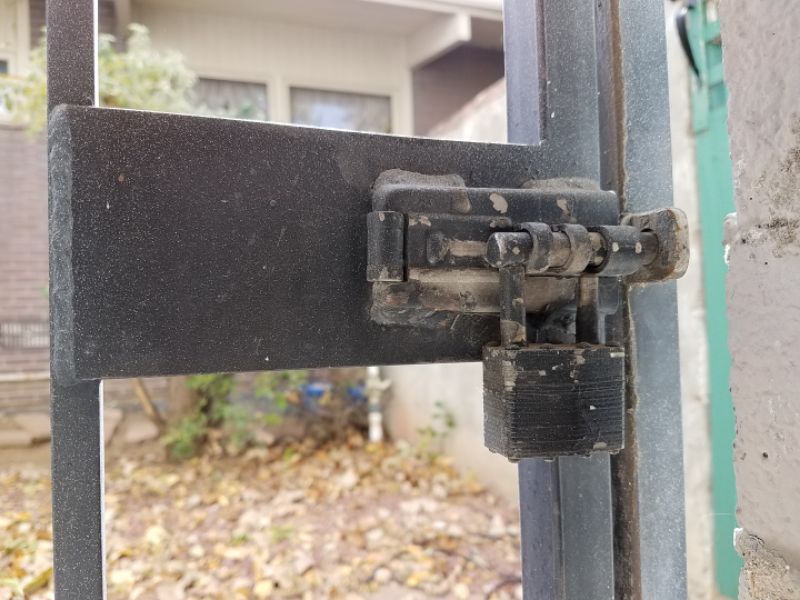
The window sash is loose when the window is closed. This permits air, and possibly water, to pass through. Repair or replace the sash.
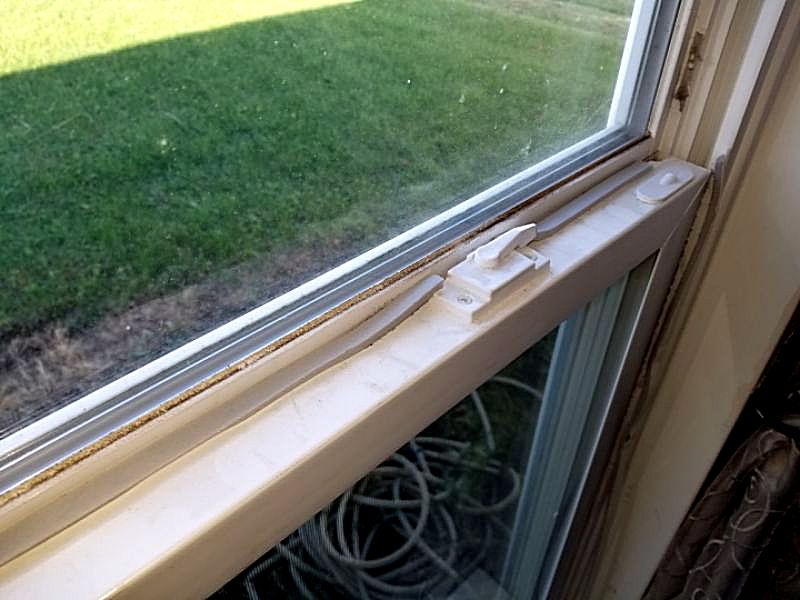
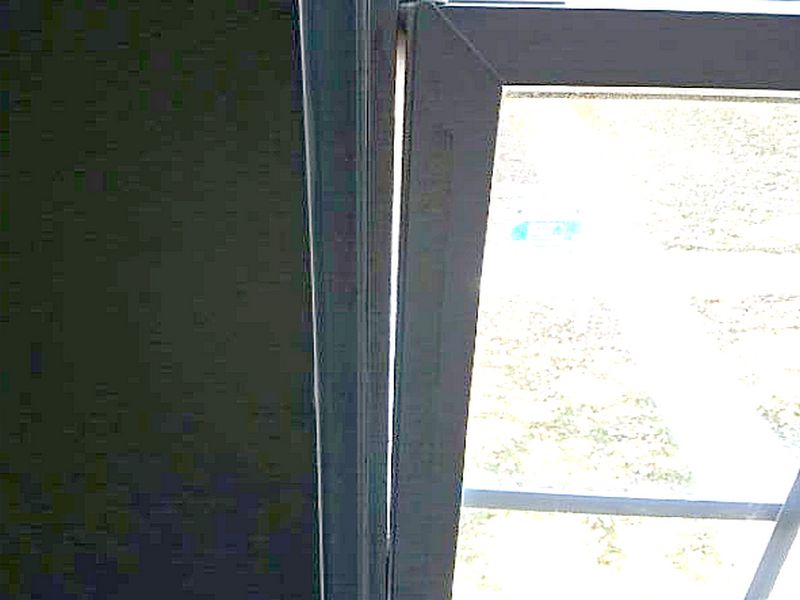
The window glazing (putty) is deteriorated. This will allow air and water penetration, and damage to the sash. Install new glazing.
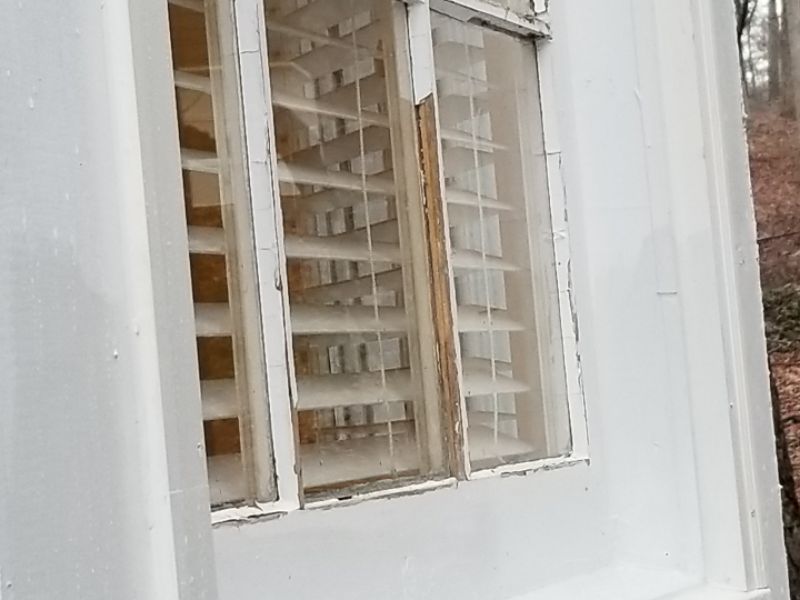
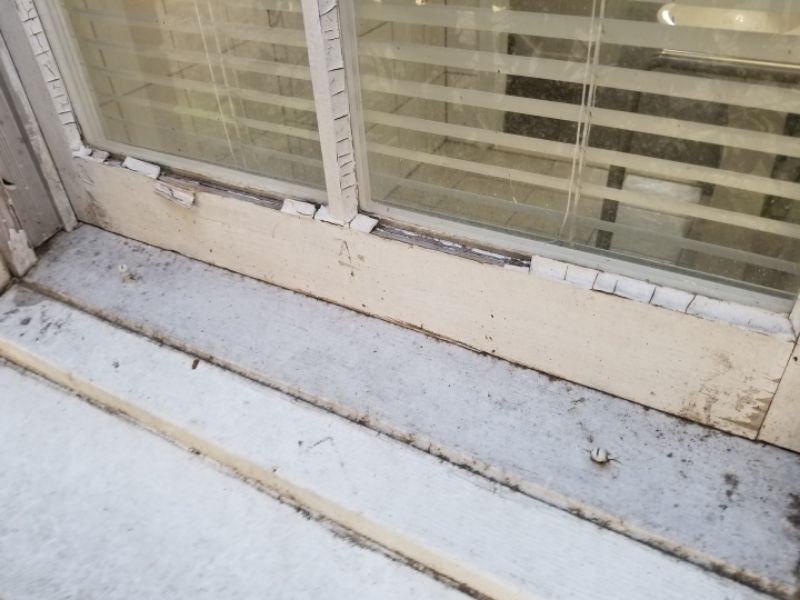
The window pane is broken. This is an energy loss and safety issue. Replace the window pane.
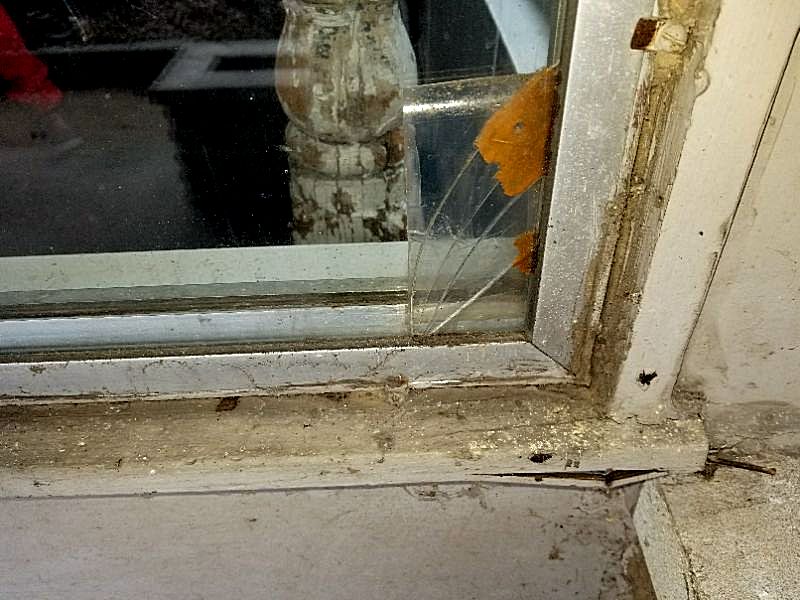
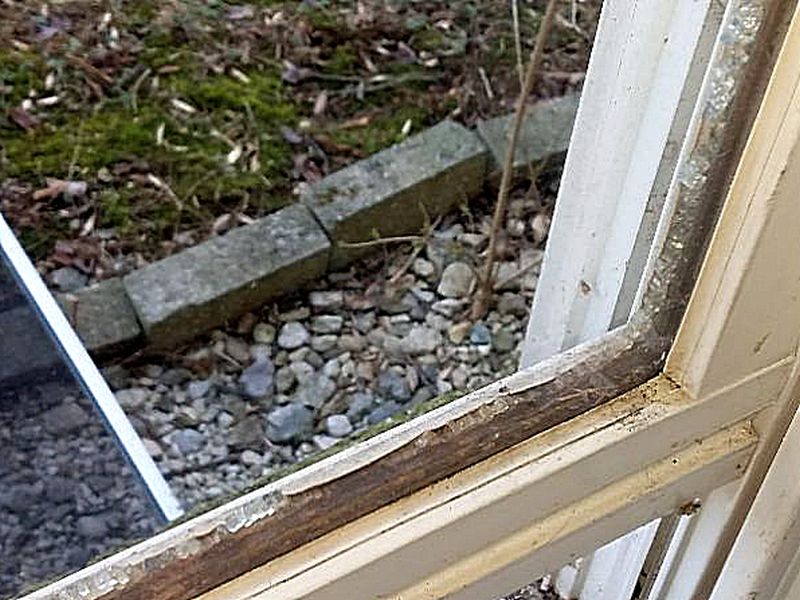
The window pane is missing. This is an energy loss and safety issue. Replace the pane.

The window is missing safety glass. No manufacturer’s mark is visible. While it may not have been required at the time of installation, it is still a safety concern. Replace the glass with safety rated glass.
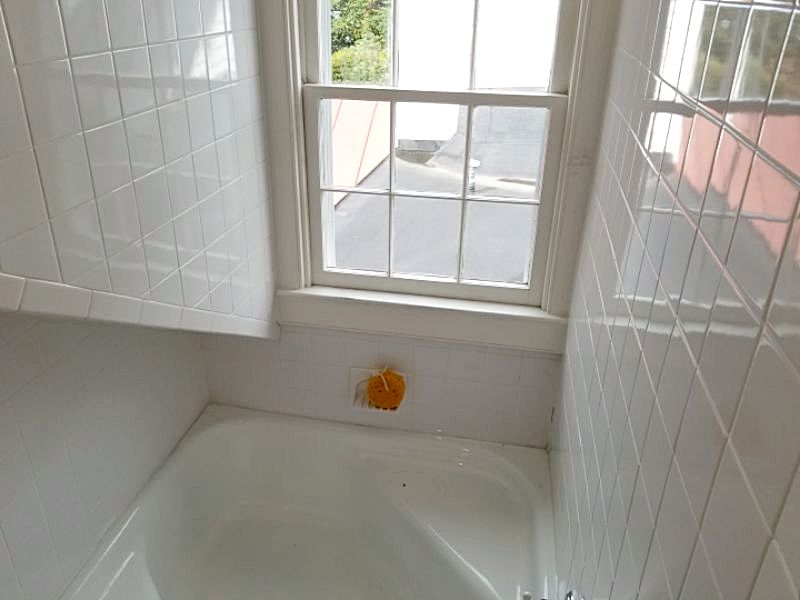
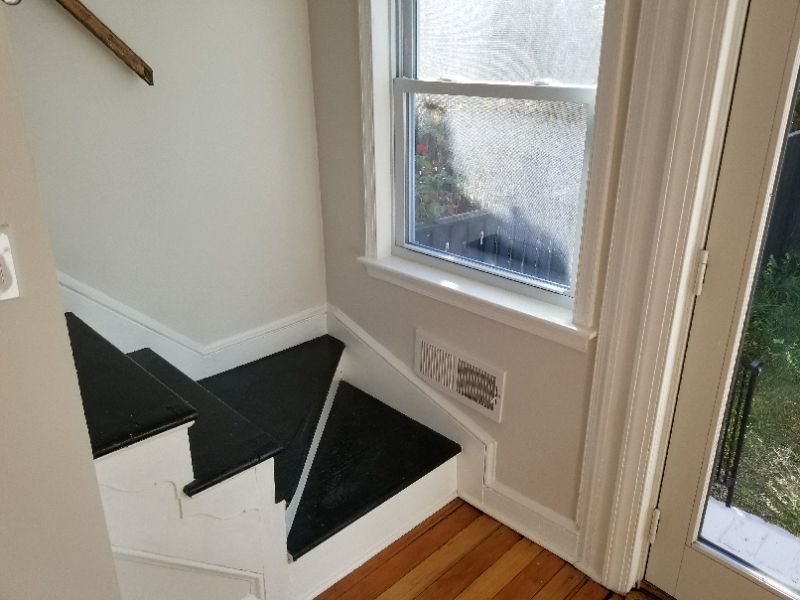
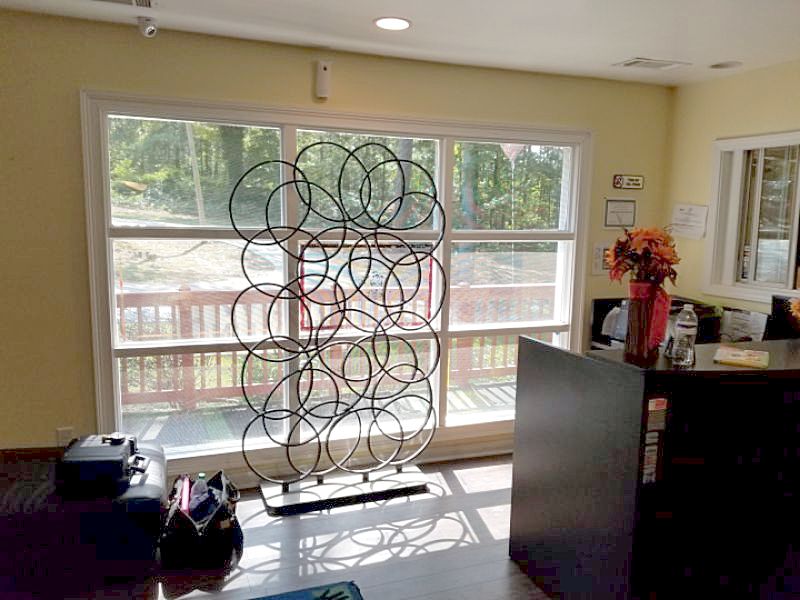
The window has a thermoplastic sealant strip that has shifted out of place between the glass panes. This will likely lead to failure in the seal, resulting in a loss of insulation value, condensation, and fogging. Replace the insulated glass unit or the window as needed.
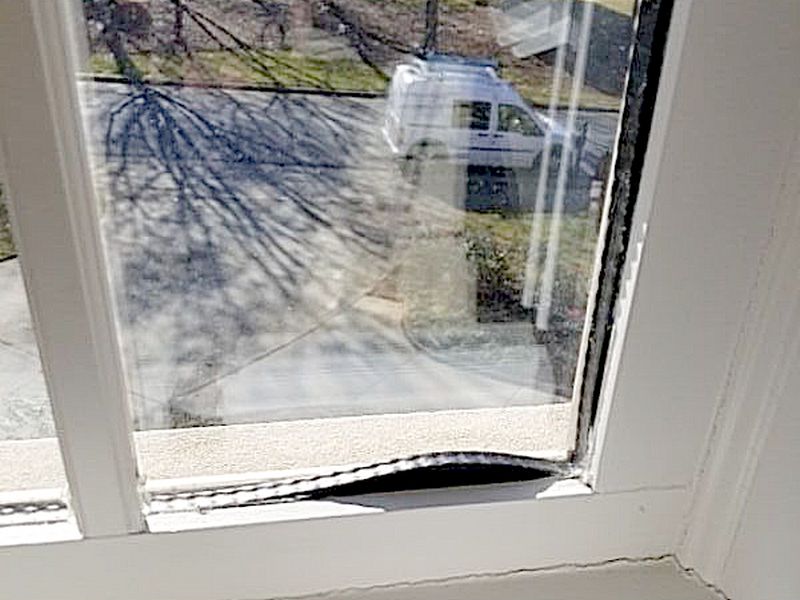
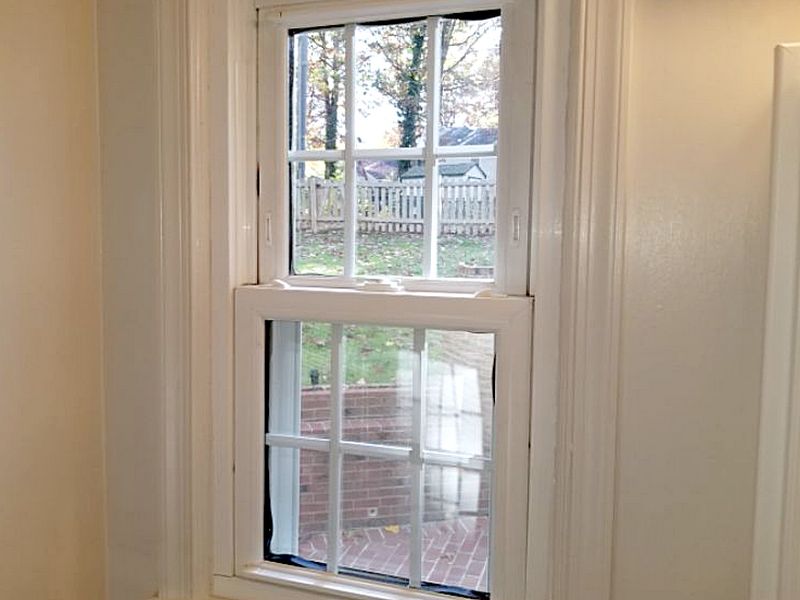
The window has a failed insulated glass seal. This permits condensation stains to develop between the glass panes, and will increasingly compromise the visibility, appearance, and insulation value. Other unidentified windows with the same issue may exist since certain atmospheric conditions must be present to identify them. Replace the insulated glass unit or the window as needed.
